Pathway: Typography and Maps
Pathway for Years 5 & 6
Disciplines:
Design: Typography, Drawing, Collage, Sketchbooks
Key Concepts:
-
That when designers work with fonts and layout it is called Typography.
-
That we can use the way words look to help us communicate ideas and emotions.
-
That we can create our own typography and combine it with other visual elements to make artwork about chosen themes.
In this pathway children are introduced to typography design and they explore how they can create their own fonts and designs. Children explore how we can use visual letters and other elements to help convey ideas and emotions.
They are introduced to the work of an artist and a designer who have both used lettering combined with maps to produce maps which tell stories. Children then go on to create their own visual and often three dimensional maps.
Themes:
Identity, Environment, Habitat
Medium:
Pencil, Pen, Paper
Artists: Louise Fili, Grayson Perry, Paula Scher, Chris Kenny
If you use this resource in your setting, please tag us on social media: #InspiredBy @accessart (facebook, twitter) @accessart.org.uk (instagram) and share the url. Thank you!
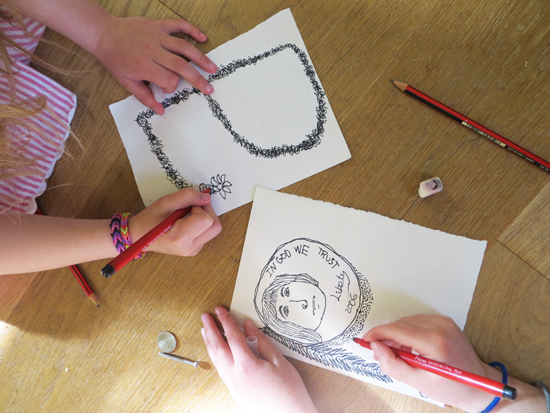
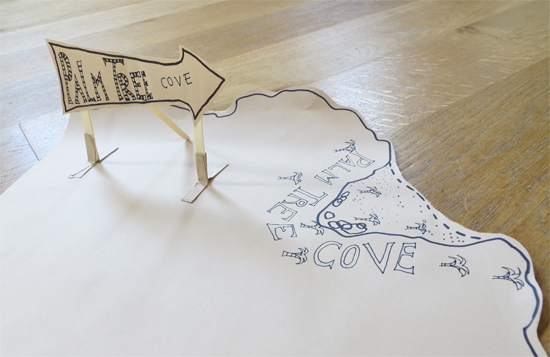
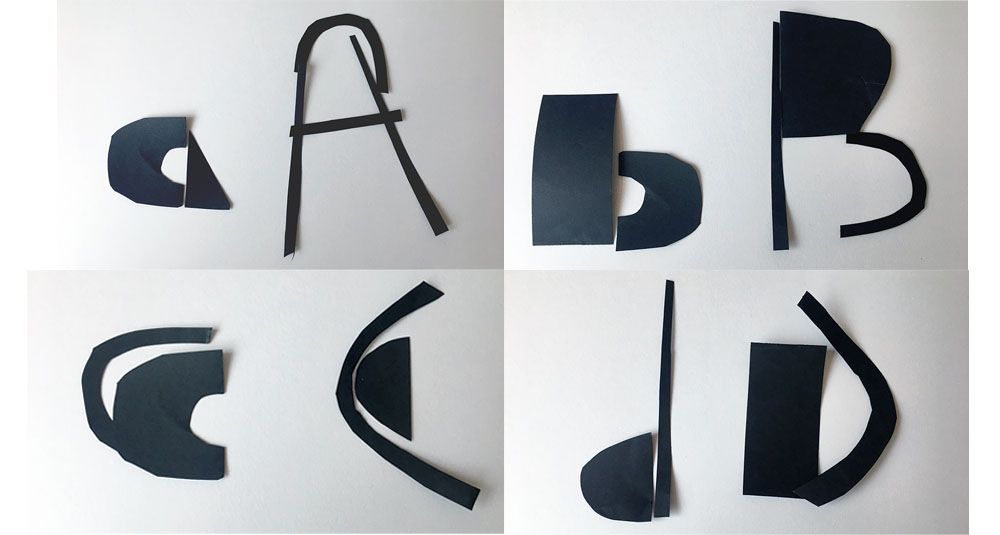


Teaching Notes
Find the MTP for this pathway here.
Please find the CPD session recording of the Typography and Maps pathway here.
Curriculum Links
Geography: Trade links, digital mapping, ordinance survey maps, detailed sketching of maps.
History: Create maps inspired by your chosen ancient civilisation topic e.g. an Anglo Saxon settlement or village.
Maths: Pictorial representations, 2D / 3D shapes.
PSHE: Collaboration, Peer Discussion.
English: Leaflets, posters
I Can…
-
I have understood that Typography is the visual art of creating and arranging letters and words on a page to to help communicate ideas or emotions.
-
I have seen how other artists work with typography and have been able to share my thoughts on their work.
-
I have explored how I can create my own letters in a playful way using cutting and collage. I can reflect upon what I like about the letters I have made.
-
I have drawn my own letters using pen and pencil inspired by objects I have chosen around me. I can reflect upon why my letters have a meaning to me.
-
I have used my sketchbooks for referencing, collecting and testing ideas, and reflecting.
-
I can make my drawings appear visually stronger by working over maps or newspaper to make my marks stronger.
-
I have seen how some artists use their typography skills and drawing skills to make maps which are personal to them. I have been able to reflect upon what I think their maps mean, what I like about them, and what interests me.
-
I can use my mark making, cutting and collage skills to create my own visual map, using symbols, drawn elements and typography to express themes which are important to me.
-
I have shared my work with the class, reflected upon what was successful and been able to give useful feedback on the work of my peers.
Time
This pathway takes 6 weeks, with an hour per week. Shorten or lengthen the suggested pathway according to time and experience. Follow the stages in green for a shorter pathway or less complex journey.
Materials
Soft B pencils, handwriting pens, cartridge paper, black sugar paper, assorted papers/cards, old maps or newspapers, A1 cartridge paper, assorted small objects and plants, PVA glue, tape, scissors.
See the Pathway Used in Schools...
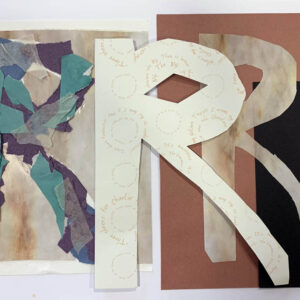
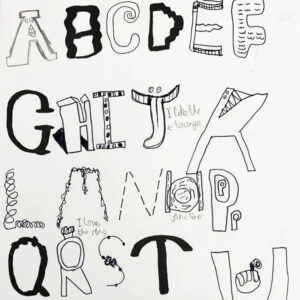
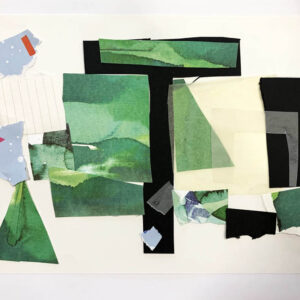
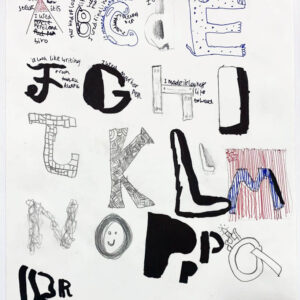
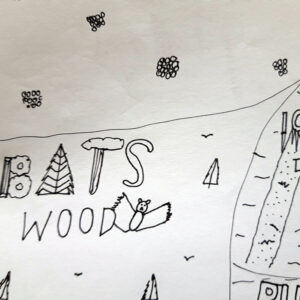
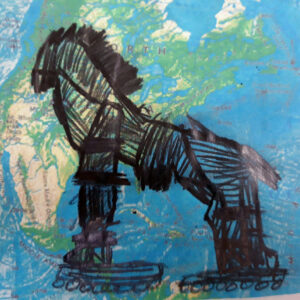
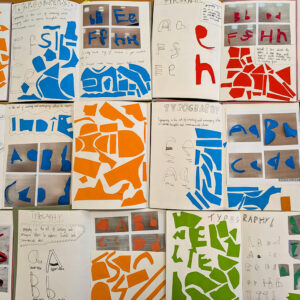
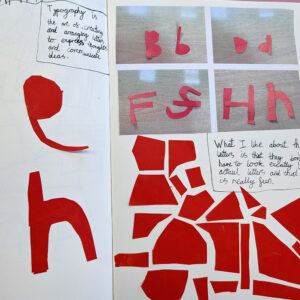
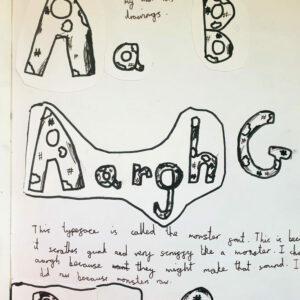
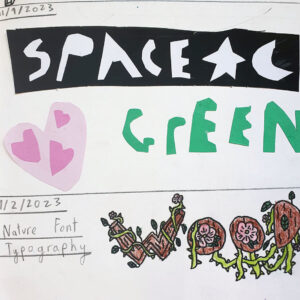
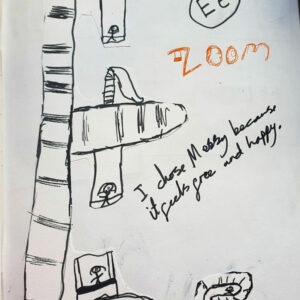
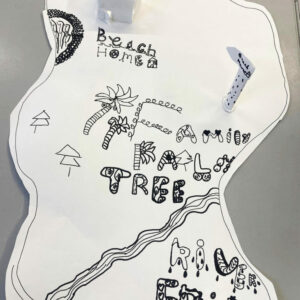
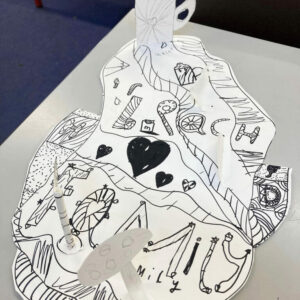
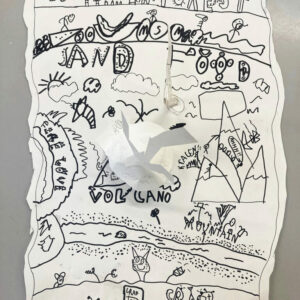
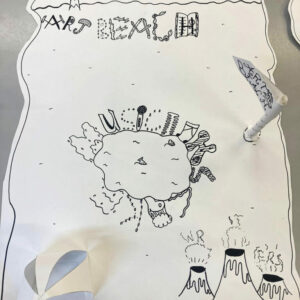
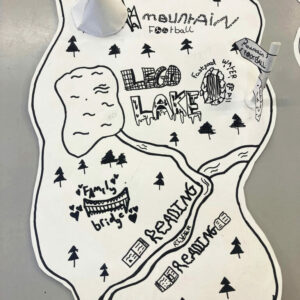

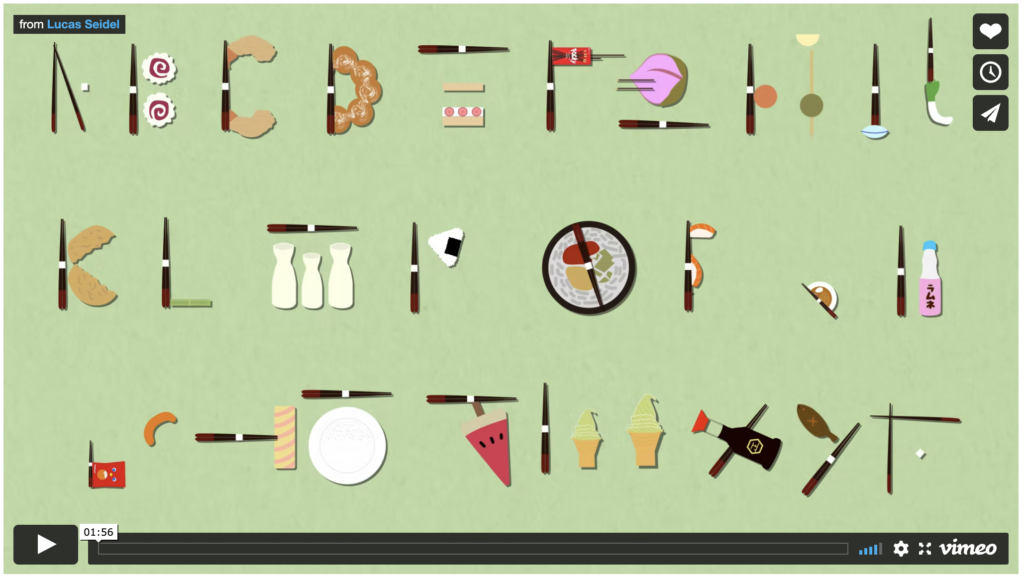
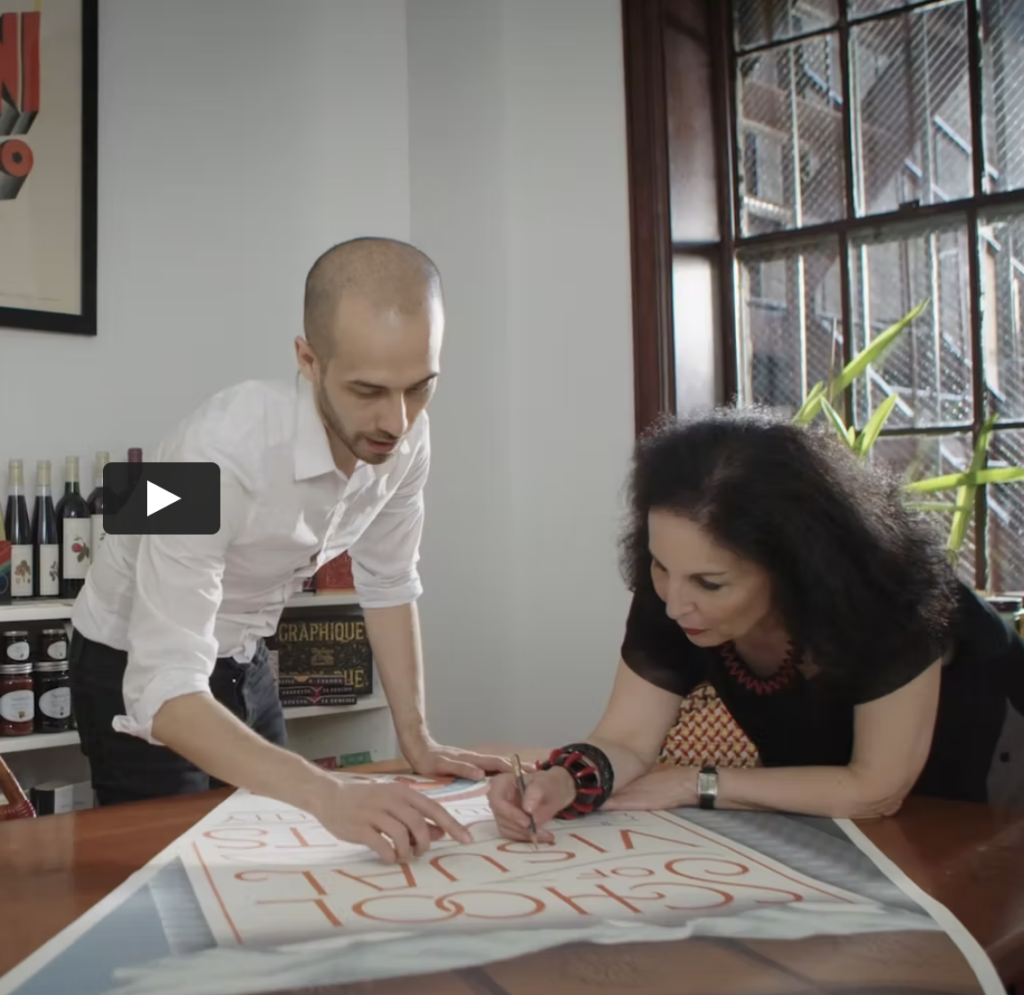
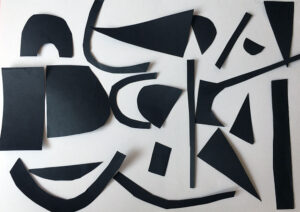
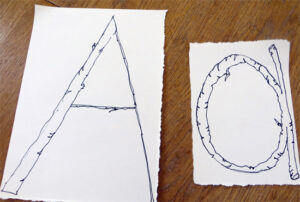
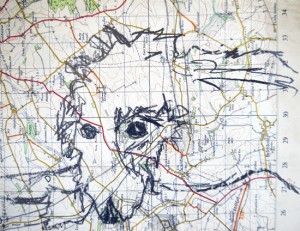
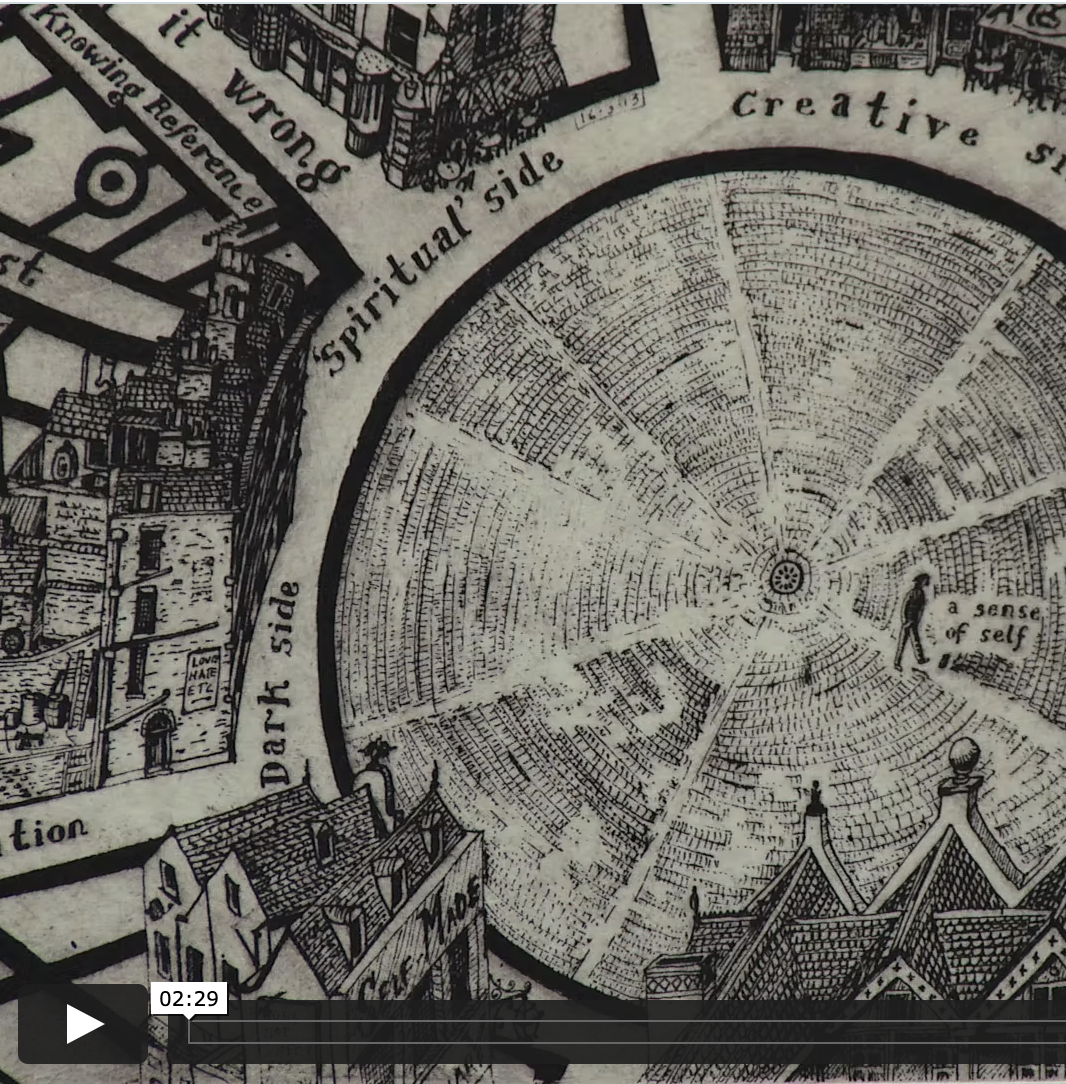
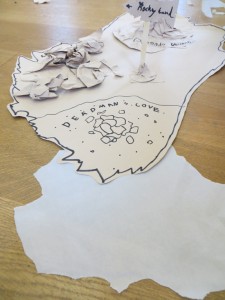
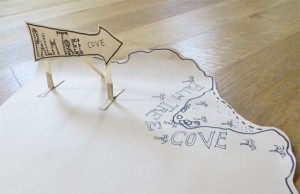
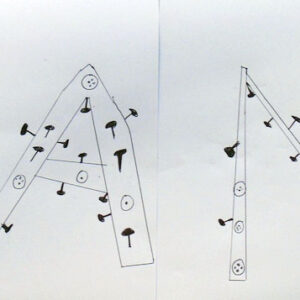
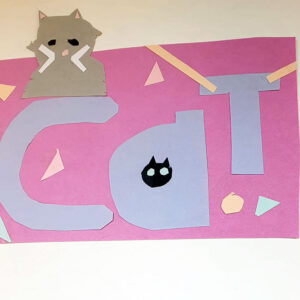
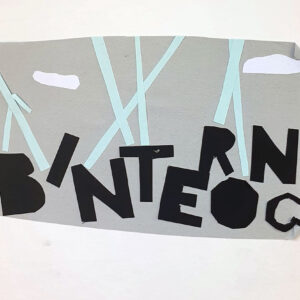
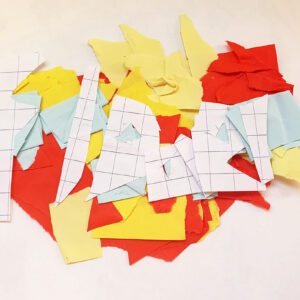
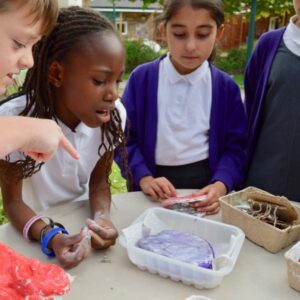
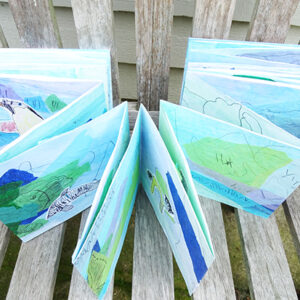
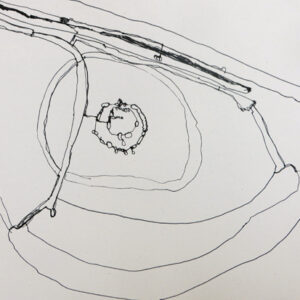
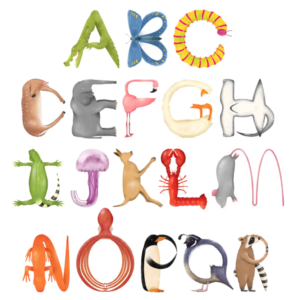

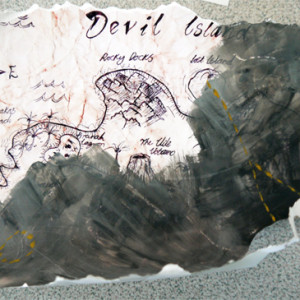
Julia M
April 16, 2024 @ 2:53 pm
We absolutely loved this pathway. Is there any way we are able to upload any of our maps? Kind regards.
Rachel
April 17, 2024 @ 10:39 am
Hi Julia, we’re so glad you loved this pathway! If you would like to share any images with us please email tobi@accessart.org.uk – Thank you!